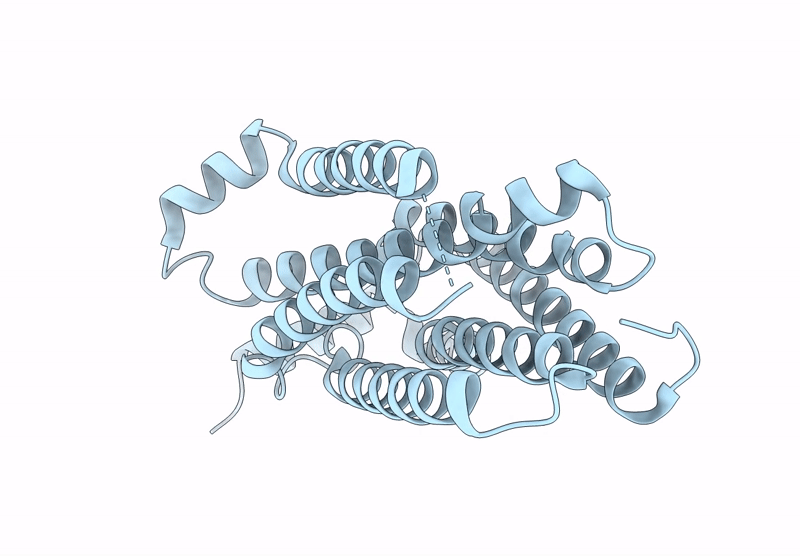
Deposition Date
2025-03-10
Release Date
2025-05-21
Last Version Date
2025-08-06
Entry Detail
PDB ID:
9NOY
Keywords:
Title:
Human TAS1R2 transmembrane domains from the TAS1R2-TM-G protein complex
Biological Source:
Source Organism:
Homo sapiens (Taxon ID: 9606)
Host Organism:
Method Details:
Experimental Method:
Resolution:
3.70 Å
Aggregation State:
PARTICLE
Reconstruction Method:
SINGLE PARTICLE


